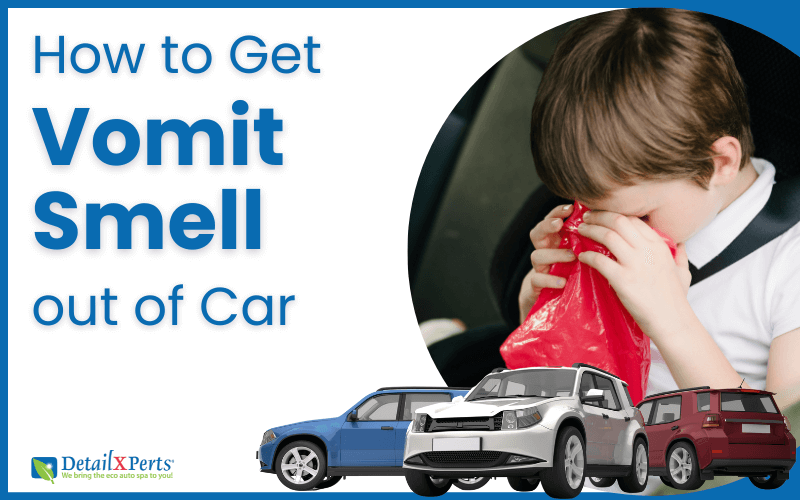A vehicle’s undercarriage secures a number of important parts such as the rear and front axles, brake lines, muffler, exhaust systems, front mount, and transmission. These parts are exposed to dirt, rocks, mud, ice, and salt when driving through different road conditions in varying seasons. Yet the undercarriage is one of the most neglected areas of the car when it comes to cleaning. Understanding how the different road elements can affect the parts located underneath your vehicle will help you understand why vehicle undercarriage cleaning is as important as detailing your car’s exterior.
1. It avoids drainage problems
Drainage holes located in the undercarriage can get clogged when there is a buildup of dirt, grease, and grime. This clog will trap water that’s collected in your car during rainy seasons and can cause rusting. Keeping the undercarriage clean clears the holes and allows water to drain out faster.
2. It prevents rusting
The undercarriage is often beaten up by rocks or gravel when driving on rough roads. These rocks can chip or scratch the paint off the undercarriage surface leaving the bare metal exposed. Detailing will not only clean the damaged parts, it will also dry it off properly to take out all moisture and apply a protective coating to avoid further damage.
3. It protects your car from overheating
A car’s engine and transmission cool down by letting heat escape through the undercarriage. Through this process, the car maintains its normal temperature. When the undercarriage is covered with built-up mud and grime, the heat may not be able to disperse as efficiently.
4. It washes off road salt that causes corrosion
Salt is dumped on roads where there is snow or ice. It makes the freezing temperature of water lower, making the ice melt faster while preventing the accumulation of ice in the area. Salt helps ensure road safety during winter but can be very destructive to the car’s underbody if not removed right away. Salt does not melt together with the ice. It stays and attracts more water to continue the oxidation process. If salt sticks to the metallic components of your car, it will draw water to it and cause the same oxidation process, this time along with the metal causing it to corrode and rust. Saltwater present in areas near the ocean has the same effect. Regular cleaningof the vehicle undercarriage during winter will help avoid this damage.
5. It enhances the durability and functionality of undercarriage parts
By preventing rust and corrosion, the metallic underbody parts serve their function for longer. Once corroded or damaged by rust, the undercarriage frame becomes weak and eventually exposes fuel lines and other parts that are supposed to be protected and intact.
6. It saves you money
Metallic undercarriage parts such as gas tanks, the frame of the car and mufflers are highly susceptible to rusting and corrosion. Not paying attention to your vehicle’s undercarriage will leave these parts to accumulate dirt, grime, grease, salt and other harmful substances that will eventually cause irreversible damage. Regular undercarriage cleaning will keep you from spending a fortune to replace damaged parts. Prevention is indeed far better than cure, especially when it comes to expensive car parts.
7. It makes your vehicle safer to use
An investigation conducted by the National Highway Traffic Safety Administration in 2015 showed that rusting and leakage caused brake line failures in Northeast America. An already weak frame will cause more serious repercussions to the vehicle and driver/passengers in a case of a collision. Regular maintenance of the undercarriage will allow constant checking of the condition of the parts underneath the vehicle to make sure that the car can be used safely.
The vehicle undercarriage may not be as visible and attractive as the car’s exterior, but it needs as much cleaning, protection, and care. It holds parts of the car that are vital to its optimal performance. So, make sure to include the undercarriage the next time you have your car detailed. It is better and far less expensive to invest in proper car maintenance than in repairing permanently damaged parts.





